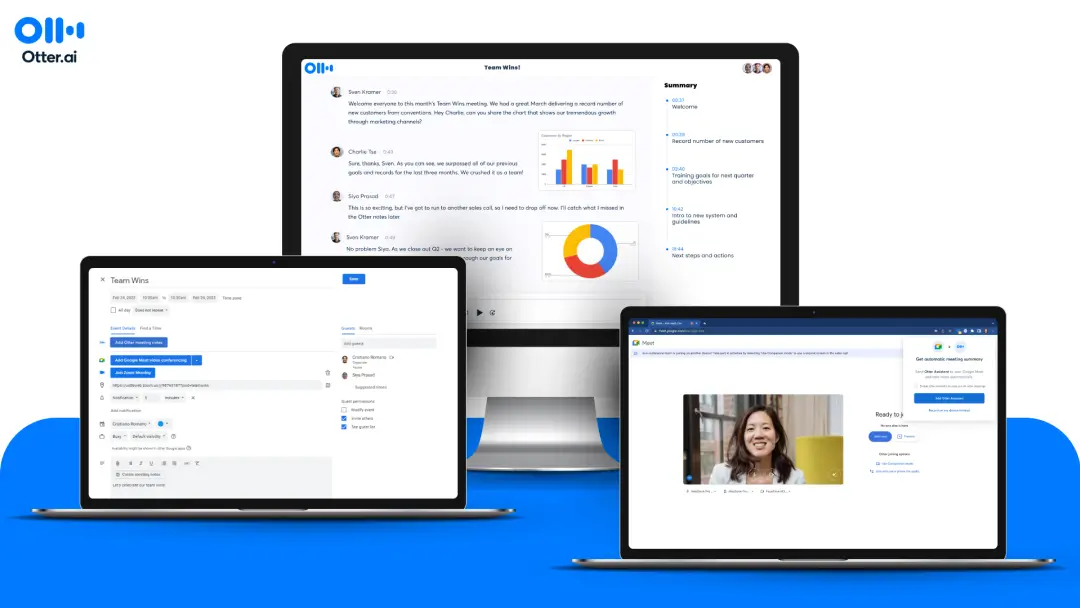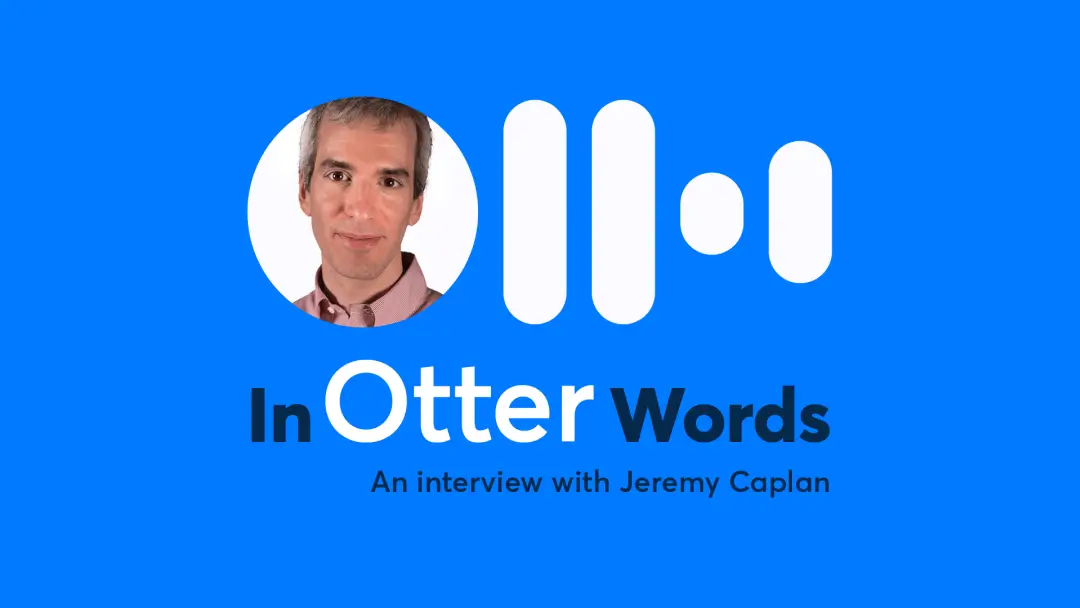How To Write a Business Plan: A Step-by-Step Guide for Success

Whether it’s a groundbreaking app, a consulting service, or a neighborhood restaurant, every new venture starts the same: with a business idea. But turning that idea into reality takes more than enthusiasm. It requires a plan.
Taking time to conduct market analysis, build a marketing plan, and analyze financial forecasts — and put all of that documentation into a business plan — is what often separates success from struggle.
Here’s everything you need to know to build a business plan. Learn what they are, the different types of business plans you can use, and common mistakes to avoid.
What’s a business plan?
A business plan is a document that outlines your business’s future. It clearly states your objectives, the strategies to achieve them, and the steps to bring your vision to life. This acts as a guide for you, but also for stakeholders. It’s a tool for sharing plans with potential investors, lenders, and partners.
There’s no one-size-fits-all business plan template. Although they typically include the same sections — like market research, financial plans, and value propositions — every business has unique needs. Those with straightforward operations, like pop-up shops or startups testing an idea, might suffice with a lean one-page document. Others with complex operations, like a biotech firm seeking investors, require detailed business plans with balance sheets, financial projections, and market analysis.
How to create a business plan in 9 easy steps
Whether using a free business plan template or starting from scratch, include these essential sections:
1. Write a company description
Your company description is a snapshot that explains your business structure (such as LLC or sole proprietorship) and what you do (products and services you sell). Include your mission statement, vision statement, and brand values — why your business exists and where you’re headed.
Next, outline short-term and long-term goals. This can include expansion plans, new product launches, or revenue projections. For existing businesses, mention your history and highlight expertise in your market. Keep it brief and engaging, like an elevator pitch, to capture investor interest.
2. Conduct market analysis
A comprehensive market analysis helps you understand demand and your positioning in the business world. Estimate market size and define your ideal customer, including their buying habits and preferences. Use tools like Google Trends or industry reports to uncover your audience’s consumption patterns.
Perform a few additional analyses of your target market, including:
- SWOT analysis: This outlines your strengths, weaknesses, opportunities, and threats to uncover your competitive edge.
- Competitive analysis: Identify competitors and describe how you’ll differentiate your business, possibly through pricing or targeting a specific niche.
3. Analyze customer segmentation
You can’t sell to everyone. A customer segmentation analysis carves out your target audience, making it easier to build marketing campaigns that resonate with the right people.
Outline key characteristics of your ideal customer, including demographics like age and behavioral factors. By clearly defining your customer, you can make smarter decisions about marketing and product specs.
4. Design organizational structure
The management and organization section clearly outlines decision-makers, team management, and business structure. Include:
- Legal structure: Specify whether your business is an S-corporation, LLC, sole proprietorship, or partnership.
- Management team: Introduce key stakeholders and their roles.
- Organizational chart: Visualize your company’s structure, showing job roles and internal hierarchies.
5. Show off your products and services
This section dives into the specifics of what you offer. Whether you have a broad product line or a niche service, describe what makes it unique.
Start with a general outline of your offerings. If you have multiple products, categorize them and provide details, including a brief description and pricing. For example, a medical manufacturer that sells prosthetics might list athlete and pediatric prosthetics. You can further break each category down into design, technology, and how it meets customer needs.
At this point, it’s also a good idea to describe upcoming product launches, intellectual property, and how you manufacture and source (if that’s relevant).
6. Build a marketing plan
Once you have your ideal customer profile, it’s time to imagine a marketing strategy. Your marketing plan should consider how your ideal customer consumes information and engages with media. For example, if your target market is retirees, TikTok ads might not be effective — focus on Facebook, print ads, or TV spots.
Marketing plans should clearly outline the four P’s:
- Price: How much does your product or service cost, and why?
- Product: What do you sell? How does it stand out in your market segment?
- Promotion: How will your ideal customer learn about your product?
- Place: Where are your products available?
7. Create a logistical plan
Now you know what you sell and who you sell it to, but how do your teams work behind the scenes? A logistics and operation plan outlines the workflows that turn business ideas into profits.
If you’re manufacturing a product, think about suppliers and inventory here. If you’re offering a service or a virtual product, consider how you’ll sell and distribute it.
8. Fine-tune your finances
To get your idea off the ground, you need money — and a business model that projects future profits. Financial plans should include three major sections: income statements, a balance sheet, and a cash-flow statement:
- Income statements: Outline your revenue and expenses, providing a clear picture of your bottom line.
- Balance sheets: These straightforward tables calculate equity. In two columns, list the value of your assets and liabilities.
- Cash flow statements: Identify when money flows in and out. Positive cash flow helps you spot when money runs low or is available to reinvest.
9. Write an executive summary
An executive summary is the first thing readers see, but it's the last part of your business plan to write. It’s a snapshot of everything that follows, highlighting key aspects to hook potential investors, lenders, or partners.
Briefly cover your business’s key details: the problem you solve, your target market, product or service offerings, and competitive analysis. Include an overview of your financial projections and funding needs so investors know the basics.
3 types of business plans
How long should a business plan be? That depends on your goals. Here are three formats to consider:
1. Traditional business plan
This detailed plan covers every aspect of your business, including market analysis, financials, and organizational structure. A traditional business plan is often a requirement to secure funding, so it’s a default choice for many businesses.
2. Lean startup business plans
These short, flexible business plans are mostly for internal use. They focus on a business’s core elements during the early stages of a startup, exploring the business model, target market needs, and overall viability without getting caught up in financial projections.
3. Nonprofit business plans
Nonprofit business plans include everything you find in a traditional business plan, but with an extra focus on social impact and overall mission.
Common mistakes to avoid when writing a business plan
Even seasoned entrepreneurs can fall into common pitfalls. Use these three tips to write a business plan that makes investors ask where to send the direct deposit:
- Incomplete financial projections: A lack of financial details or unrealistic projections can undermine your business plan’s credibility. Investors want to know you’re profitable, and that means they want to see detailed information about revenue forecasts, expenses, and cash flow statements.
- No exit strategy: Investors and stakeholders need to know how to jump ship. Be clear on your long-term goals, return on investment, and how investors can exit the business if need be.
- Too much optimism: You have a great business idea — that’s why you’re drafting a business plan. But overly optimistic assumptions about revenue, market share, and target market acquisition compromise your reputation. Let your passion shine through, but be realistic and stick to the data.
From brainstorming to execution, let Otter be your guide
Transforming your business idea into a razor-sharp business plan requires scheduling countless meetings with your team. With Otter, those meetings are streamlined with the power of AI. Otter automatically transcribes, summarizes key points, captures action items, and can even draft meeting-specific content like, you guessed it, a business plan.
Focus on your meeting agenda. Let us help you move forward. Book a demo today.












.png)








